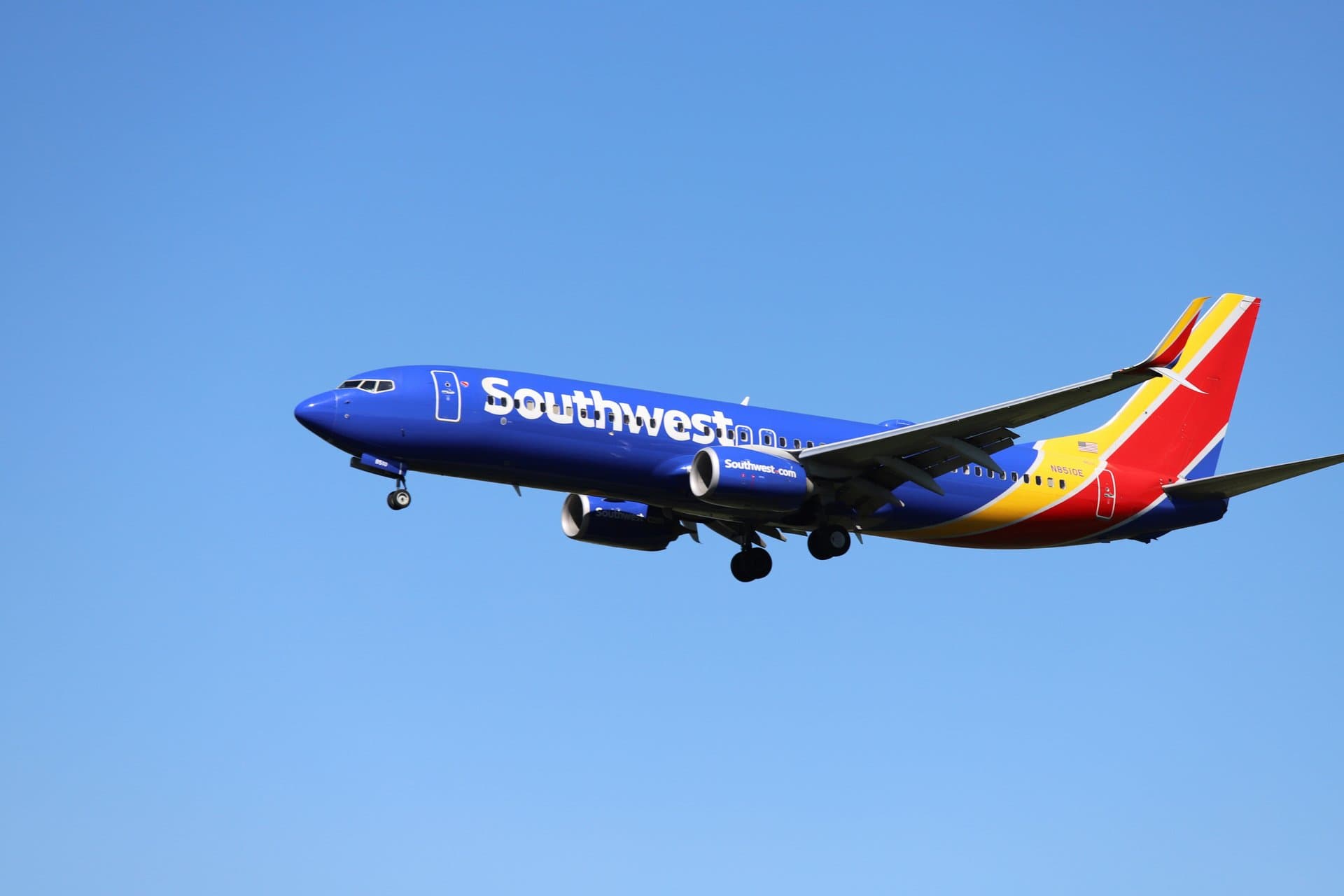Southwest Airlines’ Long-Haul Shift: Unlocking Global Growth Potential
Explore how Southwest Airlines’ bold move into long-haul international flights and premium services reshapes its strategy, customer experience, and competitive edge in the evolving airline industry.

Key Takeaways
- Southwest Airlines is shifting from domestic short-haul to long-haul international flights.
- The airline plans to introduce premium airport lounges and assigned seating by 2026.
- Strategic partnerships with China Airlines, EVA Air, and Icelandair expand global reach.
- Fleet diversification from Boeing 737s to wide-body aircraft is under consideration.
- This pivot aims to boost revenue but risks altering Southwest’s low-cost brand identity.

Southwest Airlines, long celebrated for its straightforward, low-cost domestic flights, is charting a new course. CEO Bob Jordan announced a strategic pivot toward long-haul international flights, including routes to Europe and the Pacific. This bold move signals a major shift from its traditional all-Boeing 737, point-to-point model.
Facing rising costs, airport congestion, and fierce competition, Southwest is exploring wider horizons to revitalize its brand and revenue streams. The airline is also eyeing premium airport lounges and assigned seating, aiming to attract business travelers seeking comfort.
This article unpacks Southwest’s long-haul ambitions, the operational challenges ahead, and what this means for loyal customers and the airline’s identity in a competitive global market.
Reimagining Southwest’s Flight Network
Southwest Airlines has long been the champion of short- and medium-haul domestic flights, relying exclusively on Boeing 737s. This single-fleet strategy kept operations simple and costs low, creating a loyal following with perks like free checked bags and open seating. But the skies are changing.
CEO Bob Jordan’s announcement to explore long-haul international routes marks a seismic shift. Instead of sticking to familiar domestic hops, Southwest is eyeing transatlantic and transpacific flights. This means moving beyond the trusty 737 to potentially larger, wide-body aircraft designed for longer journeys.
Interestingly, Southwest plans a cautious approach by initially testing long-haul routes with extended-range narrow-body jets. This ‘risk-tolerant’ strategy lets them dip toes into new waters without a full fleet overhaul. It’s a smart way to balance ambition with operational realities, signaling a new chapter in Southwest’s storied history.
Elevating Customer Experience
Southwest’s brand has thrived on simplicity and value — think no assigned seats, free bags, and straightforward service. But the airline is now introducing assigned seating starting in 2026, alongside premium seating options with more legroom. These upgrades aim to attract business travelers who crave comfort and predictability.
Adding premium airport lounges is another game-changer. Lounges offer a sanctuary from airport chaos, appealing to frequent flyers and higher-yield customers. This move nudges Southwest closer to legacy carriers, blending low-cost roots with premium touches.
While these changes risk alienating some loyal customers, Southwest leaders emphasize they’re responding to clear demand. Frequent fliers have expressed interest in European service and enhanced comfort. It’s a delicate dance — evolving without losing the essence that made Southwest a household name.
Strategic Partnerships Powering Expansion
Southwest isn’t flying solo on its international journey. The airline has inked partnerships with major carriers like China Airlines, EVA Air, and Icelandair. These alliances enable code-sharing, letting Southwest customers book flights to Europe and the Pacific through U.S. West Coast hubs like Los Angeles and San Francisco.
This strategy offers a clever shortcut to global markets without the immediate need for a massive new fleet. Passengers gain access to far-flung destinations, while Southwest tests international waters incrementally.
Such partnerships mirror moves by other U.S. airlines that expanded globally through alliances before investing heavily in long-haul fleets. It’s a pragmatic approach, blending ambition with caution in a fiercely competitive industry.
Balancing Costs and Complexity
Venturing into long-haul international flights isn’t just about bigger planes and new routes. It means grappling with higher operational complexity and costs. Southwest’s hallmark low unit costs — measured by CASM — have been a competitive edge. Maintaining these while expanding globally will be a tough balancing act.
The airline targets $3.5 billion in annual capital spending through 2026 to support this transformation. Investors will watch closely to see if Southwest can scale profitably without sacrificing efficiency.
Trialing long-haul routes with narrow-body jets offers a stress test for this new model. Success depends on managing costs, operational hurdles, and customer expectations simultaneously — no small feat for a carrier built on simplicity.
Redefining Brand Identity
Southwest’s pivot challenges long-held myths about low-cost carriers. The idea that budget airlines must stick to no-frills, domestic-only service is being rewritten. By adding premium products and international reach, Southwest aims to broaden its appeal and revenue base.
Yet, this evolution risks alienating the loyal base that loved Southwest for its straightforward, friendly service. Charging for bags ended in 2025, and assigned seating is on the horizon — moves that could feel like a betrayal to some.
Still, Southwest’s leadership stresses these changes are customer-driven, responding to demand for comfort and global connectivity. It’s a bold bet that innovation and tradition can coexist, reshaping what a low-cost airline can be in 2026 and beyond.
Long Story Short
Southwest Airlines stands at a crossroads, embracing long-haul international flights to redefine its legacy. This strategy promises new revenue avenues and global relevance but demands a delicate balance between innovation and the simplicity that endeared it to millions. The introduction of premium lounges, assigned seating, and fleet diversification signals a willingness to evolve with traveler expectations. Yet, these changes may unsettle core customers accustomed to Southwest’s no-frills charm. Ultimately, Southwest’s success hinges on managing operational complexity while preserving its customer-first ethos. For travelers and investors alike, this transformation offers a fascinating glimpse into how a beloved airline adapts to a rapidly changing industry.